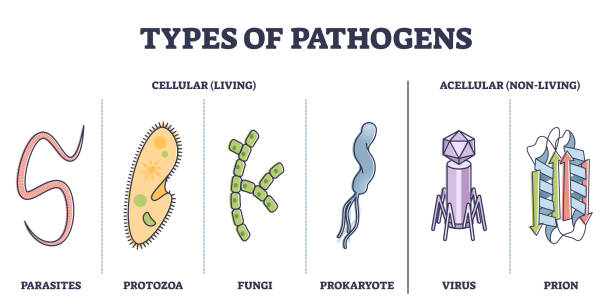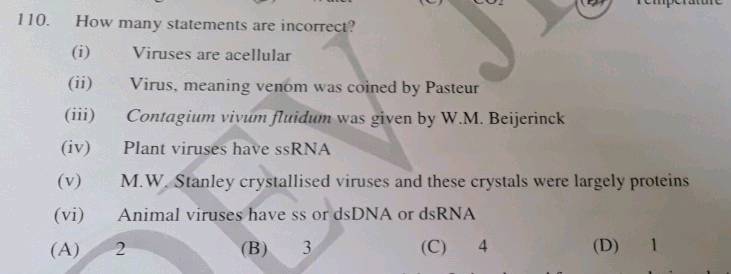are viruses acellular
Viroids were discovered by TO. They are biological entities that do not have a cellular structure.
 |
| 12 1 Viruses Concepts Of Biology 1st Canadian Edition |
As a result they lack the majority of cell components such as organelles ribosomes and the.

. By Gege Li Viruses are microscopic parasites responsible for a host of familiar and often fatal diseases including the flu Ebola measles and HIV. It is both living and non- living and infuses all types of life forms from animals and plants to. Why are Viroids acellular. They are known as virions that obtain their genetic materials from their host c.
Viruses are acellular meaning that the cell is different from eukaryotes. They are inactive outside a host cell and can reproduce only. To be pedantic a- means lacking or not containing. Viruses viroids and prions contrast structure and properties of viruses with living cells parasitic nature of viruses.
They are smaller than a virus and are infectious. Norovirus and rotavirus common causes of viral. Acellular entities as disease agents. They are made up of DNA or RNA.
Some biologists consider viruses to be organisms but others do not. They are named viroids because they lack the. A virus is made up of a core of genetic material either DNA or RNA surrounded by a protective coat called a capsid which is made up of protein. It is a microscopic infectious agent that replicates only inside the living cells of an organism.
They contain only a DNA or RNA enclosed in a protein coat. Check out a sample. They have no plasma membrane internal organelles or. Virions are acellular and consist of a nucleic acid DNA or RNA but not both surrounded by a protein capsid.
So they are not cellular. There may also be a phospholipid membrane surrounding the. Their primary objection is that no known viruses are capable of. Unlike living organisms that meet their.
Many viruses including influenza viruses SARS-CoV-2 chickenpox smallpox and measles spread in the air by coughing and sneezing. The primary candidates for non-cellular life are viruses. O True O False Expert Solution Want to see the full answer. Prions and viroids are pathogens agents with the ability to cause disease that have simpler structures than viruses but in the case of prions still can produce deadly diseases.
Viruses are acellular because a. Viruses are acellular parasitic entities that are not classified within any domain because they are not considered alive. Viruses Viroids Prions Outline Acellular entities as infectious agents of animal and plant diseases Structure and functional properties. Finally a virus isnt considered living because it doesnt need to consume energy to survive nor is it able to regulate its own temperature.
Viruses are acellular which means they dont have a cellular structure. Viruses can infect a variety of living organisms including bacteria. Answer 1 of 5. The usual answer to this question and usually for the purpose of passing your Biology GCSEs is that viruses are not alive because they do not complete all of the seven life processes.
Viruses do not have cell walls. In 1971 Theodor Diener a pathologist working at the Agriculture Research Service discovered an acellular particle that he named a viroid meaning virus-like. Sometimes the capsid is surrounded by an. A virus is an acellular organism which are 10 to 100 times smaller than bacteria about 20-300 nm in size.
We have the prefixes a- and non- to play with. They lack a cell wall and the cell membrane.
 |
| Critical Thinking Questions About Acellular Pathogens Labxchange |
 |
| Solved Which Of The Following Is Acellular A Virus B Bacterium C Fungus D Protozoan |
 |
| Bacterial Viruses Usually Have Biology Questions |
 |
| Zika Virus Ns3 Mimics A Cellular 14 3 3 Binding Motif To Antagonize Rig I And Mda5 Mediated Innate Immunity Sciencedirect |
 |
| Solved 1 Viruses Are Classified As Being Acellular What Chegg Com |
Posting Komentar untuk "are viruses acellular"